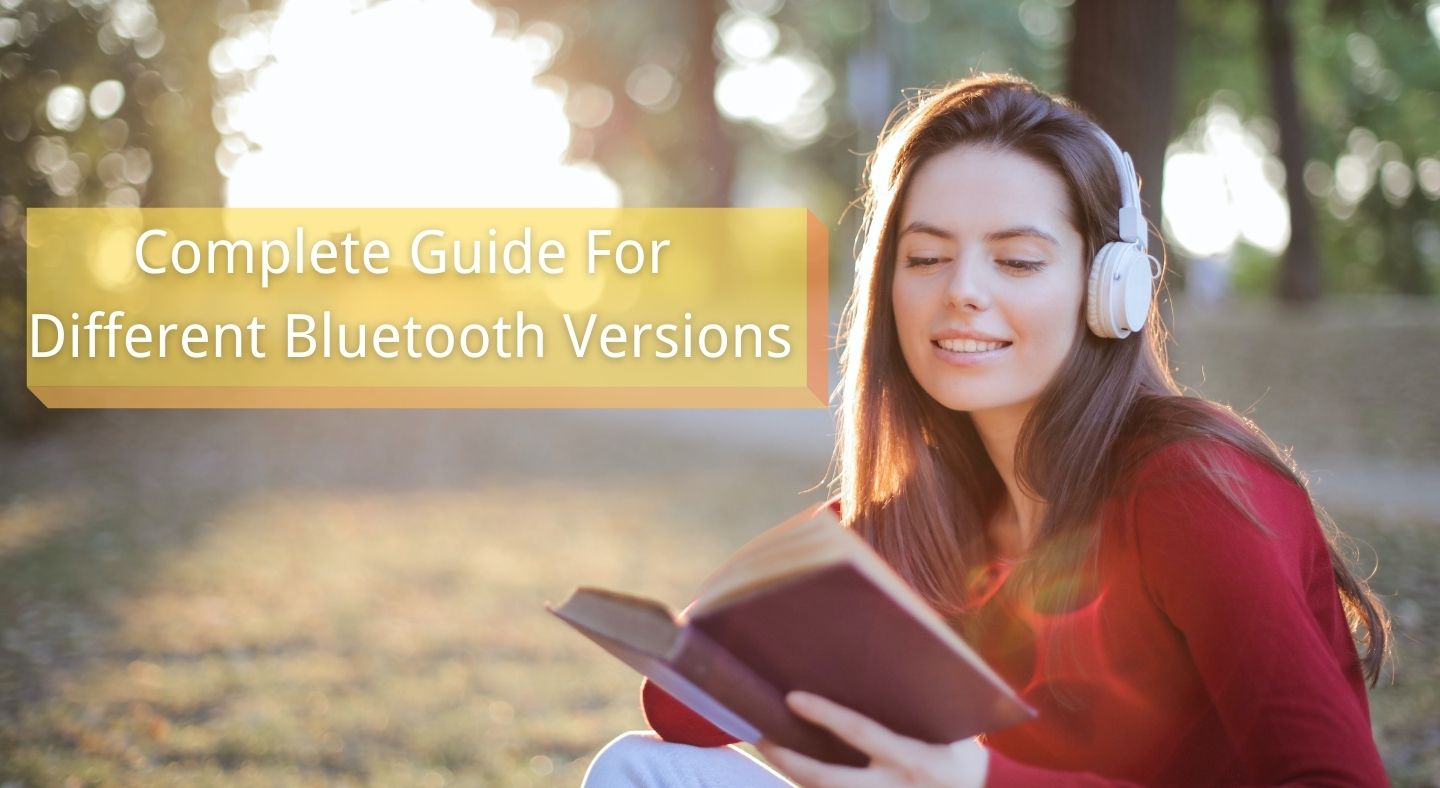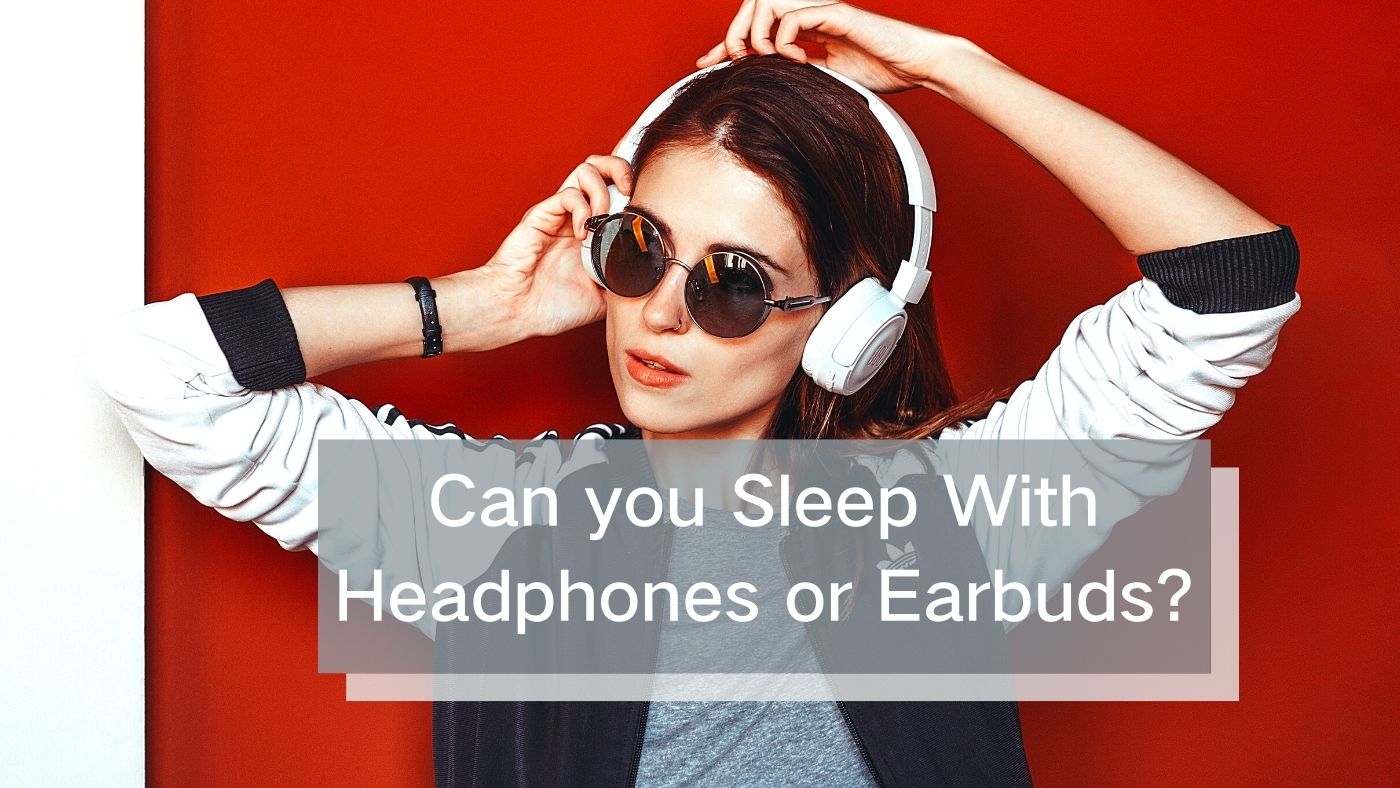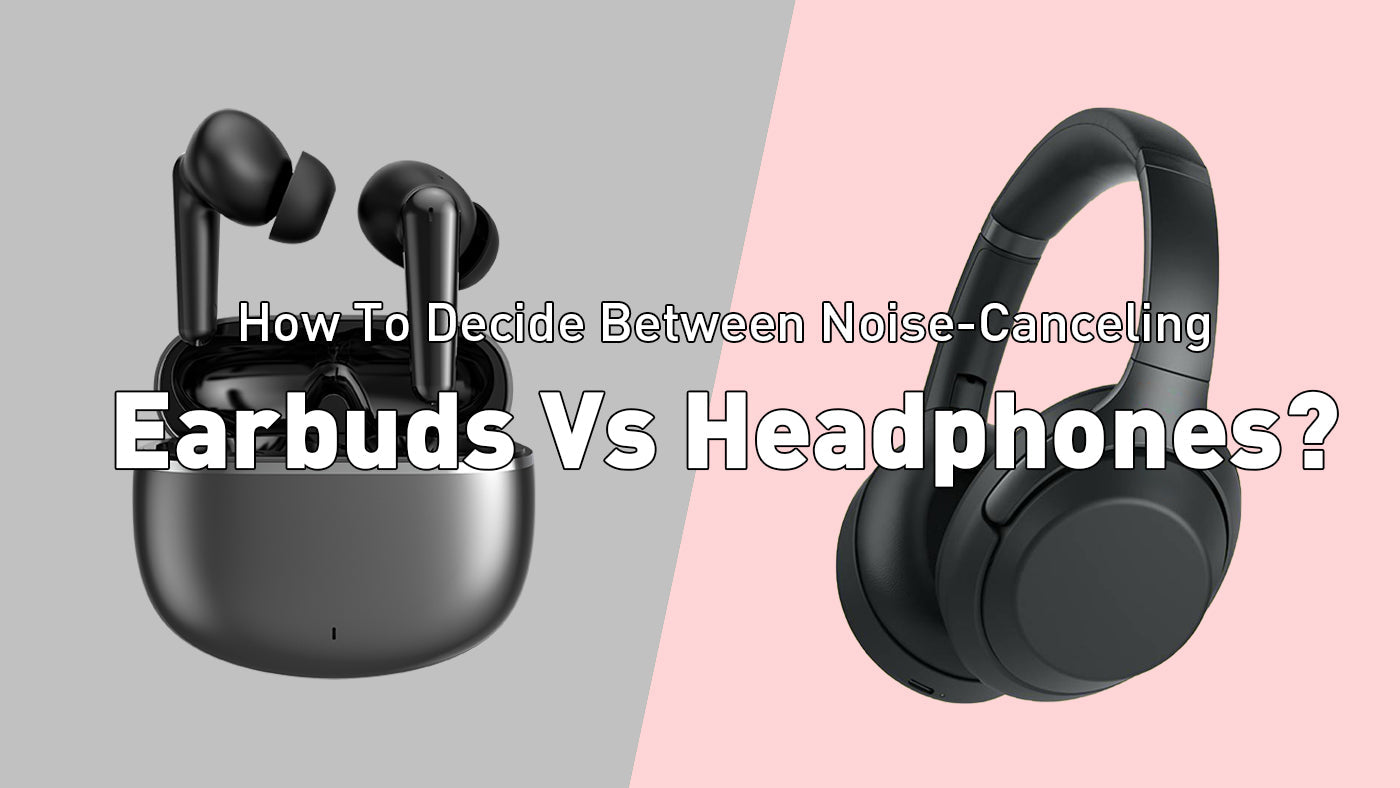Introduction
Bluetooth technology is one of the most popular ways to wirelessly connect devices. There are different versions of Bluetooth, and each has its own benefits and drawbacks.
This guide will help you understand the different versions of Bluetooth and how to choose the right one for your needs.
What Is Bluetooth?
Bluetooth is a wireless technology standard that allows for the exchange of data over short distances. It was originally developed as a way to connect devices, such as phones and computers, without the need for cables or wires.
Bluetooth uses low-energy radio waves to create a connection between devices, and it can be used for both data and voice transmissions.
Because it is a wireless technology, Bluetooth can be used in a variety of settings, including in homes, offices, and cars. Bluetooth is an important technology because it allows people to connect devices without the need for cables or wires.
This can make using devices more convenient and allow people to use them in a variety of settings. Bluetooth is a low-power radio technology that has a short range, making it ideal for use in small areas.
Bluetooth can be used to connect devices such as phones, computers, and headsets. It can also be used to transfer data between devices.
How Does Bluetooth Work?
Bluetooth is a wireless communication protocol that allows devices to easily transmit data over short distances. This technology relies on radio frequencies to facilitate the transfer of information between devices, and it uses a process called "pairing" to establish a connection between two different units.
To pair two Bluetooth devices, one unit must first be "discoverable", meaning that it will actively broadcast its presence to other devices in the vicinity. Once this first device is discovered, the second unit will be able to connect with it seamlessly.
This process allows users to quickly and easily share information between different devices, making Bluetooth an essential tool for a wide variety of applications, from data transfer to hands-free calling in cars. So how does Bluetooth work exactly?
The answer lies in the unique combination of hardware and software components that are used to establish reliable connections between disparate devices.
Whether you're using a phone or a wireless headset, if your device has Bluetooth capabilities, then you can rely on this technology to help simplify your connected life.
What Is Bluetooth Used For?
Bluetooth is a wireless technology that allows two devices to connect to each other and exchange data. It is most commonly used in devices such as headsets, keyboards, and mice, but it can also be used to connect devices such as printers and digital cameras.
One of the advantages of Bluetooth is that it does not require a direct line of sight, so it can be used in areas where there are obstacles that would block an infrared connection. Another advantage is that it uses very low power, so it does not drain batteries as quickly as other wireless technologies.
Bluetooth is an essential part of many modern devices, and it offers a convenient way to connect accessories and share data.
Different Versions Of Bluetooth!
There are several different versions of Bluetooth, each with its own unique features and functionality. While some versions are no longer in use or have been completely replaced, others are still widely used today.
In this article, we’ll take a look at some of the most common Bluetooth versions and discuss what sets them apart.
1. Bluetooth 1.0-1.2 (1999)
Bluetooth 1.0-1.2 was released in 1999 and was the first version of Bluetooth. It had a lot of problems, such as high power consumption, low data rates, and security issues.
2. Bluetooth 2.0-2.1 (2005)
It wasn't until 2005 that Bluetooth 2.0-2.1 was released and it fixed a lot of the issues with the first version. It had reduced power consumption, better data rates, and a more secure connection.
3. Bluetooth 3.0 (2009)
In 2009, Bluetooth 3.0 was released and it was a big step up from the previous versions. It had even lower power consumption, higher data rates, and a more secure connection.
4. Bluetooth 4.0-4.2 (2010)
The most recent version of Bluetooth is 4.0, which was released in 2010. It has even lower power consumption, higher data rates, and a more secure connection. Bluetooth 4.2 was released in 2014 and is backward compatible with 4.0.
5. Bluetooth 5.0-5.2 (2016)
The latest version of Bluetooth is 5.0, which was released in 2016. It has even lower power consumption, higher data rates, and a more secure connection than previous versions. Bluetooth 5.2 was released in 2018, and it is backward compatible with 5.0 and all previous versions of Bluetooth.
How Do the Bluetooth Versions Differ From Each Other?
Bluetooth is a technology that allows devices to communicate with each other wirelessly. There are different versions of Bluetooth, and they differ in terms of range and data transfer rate.
|
Version of Bluetooth |
How They Differ From Each Other. |
|
Bluetooth 1.0 |
The first version of Bluetooth, known as 1.0, was released in 1999. It had a range of up to 10 meters and a maximum data transfer rate of around 700Kbps. Bluetooth 1.1, released in 2001, was an improved version that supported more audio codecs and had better interference immunity. |
|
Bluetooth 2.0 |
Bluetooth 2.0, released in 2004, was a major update that doubled the maximum data transfer rate to 2Mbps. It also introduced a new security feature known as Enhanced Data Rate (EDR). |
|
Bluetooth 3.0 |
Bluetooth 3.0, released in 2009, increased the maximum data transfer rate to 24Mbps. It also added a new high-speed mode known as Ultra-wideband (UWB) for transferring large amounts of data. |
|
Bluetooth 4.0 |
Bluetooth 4.0, released in 2010, introduced a new low-energy mode that greatly expanded the range and lowered power consumption. This made Bluetooth suitable for a wide range of applications, including smart home devices, fitness trackers, and medical devices. |
|
Bluetooth 5.0 |
The latest version of Bluetooth is 5.0, which was released in 2016. It further increased the maximum data transfer rate to 125Mbps and added new features such as increased range, improved security, and bulk data transfers. |
Bluetooth Classic Vs Bluetooth Low Energy (BLE) A.K.A Bluetooth Smart!
When it comes to choosing a Bluetooth connection for your devices, you may be wondering what the difference is between "Bluetooth Classic" and "Bluetooth Low Energy (BLE) a.k.a Bluetooth Smart".
Bluetooth Classic is the original version of the wireless communication standard, originally introduced in 1994 and commonly used for wireless headsets and other similar devices. Compared to BLE, it requires more power to operate but has a much longer range and better performance when transferring large data files.
Bluetooth Low Energy (BLE) was introduced in 2010 as a more power-efficient version of Bluetooth Classic, designed for devices that require less data transfer, such as fitness trackers and heart rate monitors. BLE uses less power than Bluetooth Classic, but has a shorter range and is not compatible with older devices.
So, which one should you choose? If you need to transfer large data files or connect to devices over a long distance, Bluetooth Classic is the better option. If you're looking for a more power-efficient connection for devices that don't require a lot of data transfer, BLE is the way to go.
Bluetooth 4 Vs. Bluetooth 5: Which Should You Go For?
Bluetooth 4 and Bluetooth 5 are two popular versions of the wireless protocol that is used for connecting devices. Both have their own strengths, but which one should you go for?
Let’s take a look at the differences between Bluetooth 4 and Bluetooth 5 to help you decide.
▬ Speed
One of the key differences between Bluetooth 4 and Bluetooth 5 is speed. Bluetooth 5 offers speeds up to 2Mbps, while Bluetooth 4 only offers 1Mbps. This means that Bluetooth 5 is twice as fast as Bluetooth 4, making it the better choice for applications that require high data transfer rates.
▬ Range
Another important difference between Bluetooth 4 and Bluetooth 5 is the range. Bluetooth 5 offers a range of up to 400 meters, compared to Bluetooth 4's range of only 100 meters.
This means that Bluetooth 5 is ideal for applications that require more flexibility in terms of range, such as smart home devices or location tracking systems.
▬ Compatibility
In addition to speed and range, it's also important to consider compatibility when choosing between Bluetooth 4 and Bluetooth 5. Bluetooth 5 is compatible with all Bluetooth 4 devices, but Bluetooth 4 is not compatible with all Bluetooth 5 devices.
This means that you'll need to make sure that your devices are compatible with the version of Bluetooth you're using before you can connect them.
▬ Reliability
Finally, it's also worth considering reliability when choosing between Bluetooth 4 and Bluetooth 5. Bluetooth 5 has been designed with improved error correction and packet error rates, making it more reliable than Bluetooth 4. This means that you're less likely to experience dropped connections or other problems when using Bluetooth 5.
So, which should you go for? In general, if you need high data transfer rates or a large range of connectivity, then Bluetooth 5 is the better choice.
However, if you want to minimize compatibility issues and ensure reliable connections with your devices, then Bluetooth 4 might be a better option for you. Ultimately, it's up to you to decide which version of Bluetooth best meets your needs.
Other Factors That Contribute To Bluetooth Performance!
Some other factors that can affect Bluetooth performance are:o Bluetooth Profile
Not all devices support the same Bluetooth profiles, and some that do might not support them at the same level of performance. For example, if you’re streaming music through your phone to a wireless speaker, it’s important to check what Bluetooth profile (A2DP) is supported by both your device and the wireless speaker.
o Bluetooth Class
Bluetooth Class refers to the type of Bluetooth device being used and is often differentiated by its range.
For example, a Bluetooth Class 1 device has a maximum power output of 100mW and is designed for longer-range communications, while a Bluetooth Class 0 device has a maximum power output of 10mW and is designed for shorter-range communications.
Depending on your use case, you may need to consider the Bluetooth Class of both your device and the devices you intend to connect with to achieve optimal performance.
o Bluetooth codec
Different Bluetooth codecs are used to encode and decode the data being transmitted over a Bluetooth connection. Some Bluetooth codecs are more efficient than others, which can result in better sound quality or lower power consumption (or both).
If you’re looking to stream music wirelessly, it’s worth checking what Bluetooth codec is supported by both your device and the devices you intend to connect with, as this can make a big difference to overall performance.
Whether or not you experience interference from other wireless signals is another important factor that impacts Bluetooth performance. In general, higher-frequency Bluetooth signals are more susceptible to interference than lower-frequency ones.
If there are lots of other wireless devices operating in the same area on the same frequency band, this can lead to issues with dropped connections or interrupted audio.
How To Tell Your Smartphone’s Bluetooth Version?
Do you want to know what version of Bluetooth your Smartphone is using?
In this article, we list 5 ways that will help you find out the Bluetooth version on your device.
1. Check The Phone’s Settings
The first place you can check for your Bluetooth version is in the phone’s settings. In iOS and Android, you can find this information under the “Bluetooth” screen in your device settings.
2. Look Up Your Phone’s Specs
If you can’t find the Bluetooth version in your phone’s settings, you can look it up in your phone’s specs. Usually, the manufacturer will list the Bluetooth version under the “Connectivity” section.
3. Check For A Bluetooth Logo
Another way to tell the Bluetooth version of your phone is to look for a Bluetooth logo on the device itself. In most cases, the manufacturer will print a Bluetooth logo on your phone to indicate the version of Bluetooth it supports.
4. Check Your Phone’s Packaging
If you still can’t find the Bluetooth version on your Smartphone, you can look for it on the phone’s packaging. The Bluetooth version should be listed on the box under the “Technical Specifications” section.
5. Ask The Manufacturer
If you’ve tried all of the methods above and you still can’t find the Bluetooth version on your phone, you can always ask the manufacturer for help. All you have to do is contact technical support and provide them with your phone’s model number, and they should be able to tell you what version of Bluetooth it supports.
Whether you’re troubleshooting a problem with your phone’s Bluetooth connection or just want to learn more about this feature, knowing your phone’s Bluetooth version can be helpful.
Luckily, there are a few different ways you can figure out this information. So, if you’re ever curious about your phone’s Bluetooth version, be sure to try one of the methods listed above.
Finally, if you wanna know other interesting product like gadget or innovative tools etc, you can read noveltymaker to learn more.



